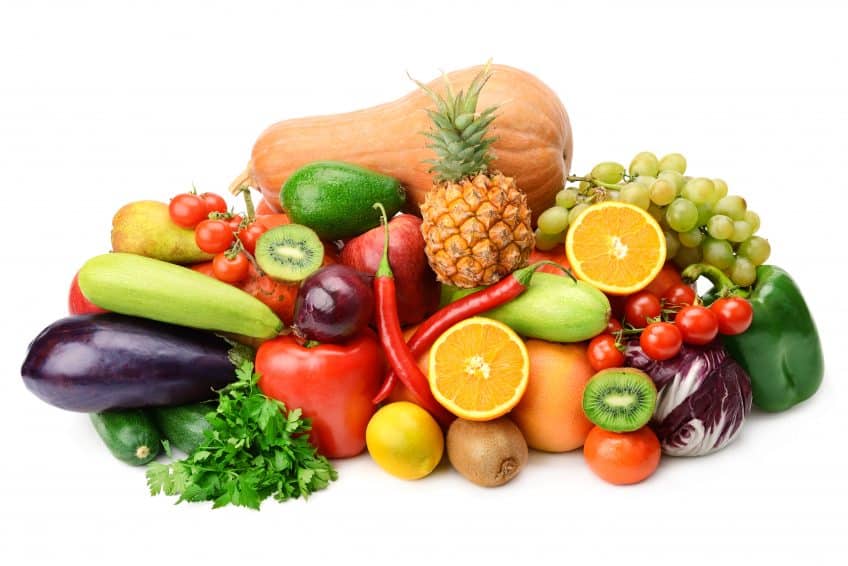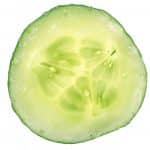
How To Get Your 5-A-Day
Fruits and vegetables are a rich source of vitamins, minerals, antioxidants and fibre and therefore with such a variety, an excellent source of nutrients for good health. In the UK, a recent government survey showed that only 30% of adults (aged 19 to 64 years) meet the UK recommended guideline of 5-A-Day.
The 5-A-Day recommendation is based on advice from the World Health Organisation, this is the minimum amount, however studies have found that eating more, that is, 7 portions a day have a greater benefit on health such as helping to reduce the risk of developing chronic diseases, particularly heart disease, diabetes, stroke and certain cancers, such as colon, stomach and mouth. In fact it is estimated that diet is likely to contribute to a third of cancers and eating fruit and vegetables is the second most important strategy in combatting against it.
What is a portion?
One portion of fruit or vegetables is approximately 80g and therefore it is recommended that 400g a day is consumed, this should be about one third of your total daily food consumption and for a healthy diet should ideally consist of a variety.
Each portion should be a different fruit or vegetable to count as a portion because by eating a variety of fruit and vegetables this will enhance your ability to eat all the vitamins and phytochemicals that your body needs for health.
Portion Guide
Below is a guide to portion sizes, aim as much as possible for fresh or frozen. If you buy tinned, choose those with natural juices and limit smoothies and juices.
Potatoes, sweet potato, cassava and plantain do not count, these are starchy foods, but pulses such as beans and lentils do count as one portion.
Fruit/vegetable |
Portion size |
Very small fruite.g. berries/grapes
|
A small handful – 10/12 blueberries |
Small fruite.g. satusumas/plums |
Two pieces |
Medium fruite.g. apple/pear/banana |
One piece |
Large fruite.g. avocado/grapefruit |
Half a piece |
Very large fruite.g. melon/pineapple |
One large slice |
Dried fruite.g. cranberries/raisins/prunes |
One tablespoon |
Vegetablese.g. broccoli/cabbage/peas |
Three heaped tablespoons |
Salad |
One dessert bowl |
Pulsese.g. beans/lentils/chickpeas (no matter how much you eat of these, they only count as one portion as they contain fewer nutrients than fruit and vegetables) |
Three tablespoons |
Juices and Smoothies
A glass of unsweetened fruit juice (150ml) can count towards one portion, but no matter how much you drink, this will only be only one portion. This is because the juicing removes the fibre from the fruit, is also releases its natural sugars. Always choose unsweetened juices, however whole fruit are a better option.
Some smoothies may count towards 2 portions if the edible pulp of the fruit and vegetable is contained. Again, limit these. Large amounts of juices may contribute to poor dental health due to the release in sugars.
This factsheet is intended for adults as a general guide only and not a substitute for professional advice or a diagnosis. If you are on certain medication or suffer from a medical condition, seek individual advice from your health care professional. Date produced August 2015. Date edited April 2016.











